Eysenck vs. Gray: A Comparative Analysis of Personality Theories
VerifiedAdded on 2020/04/29
|5
|1122
|278
Essay
AI Summary
The essay discusses how Eysenck's and Gray's theories provide frameworks for understanding individual differences in personality through brain functioning. Eysenck proposed a model centered on two dimensions: Extraversion-Introversion and Stability-Instability, emphasizing biological underpinnings and linking arousal levels to these traits. In contrast, Gray’s Reinforcement Sensitivity Theory (RST) focuses on the behavioral approach system (BAS) and behavioral inhibition system (BIS), attributing personality differences to variations in sensitivity to rewards and punishments. While Eysenck's model is supported by genetic studies highlighting heritability of traits like intelligence, Gray's theory finds backing from research on anxiety and depression. Despite their different emphases—Eysenck on arousal and neuroticism, Gray on motivation systems—the theories converge on the idea that personality can be linked to specific brain processes. Ultimately, Eysenck’s broader use of physiological constructs provides a more generalizable link between personality traits and behavior compared to Gray's more focused neuropsychological approach.
1 out of 5
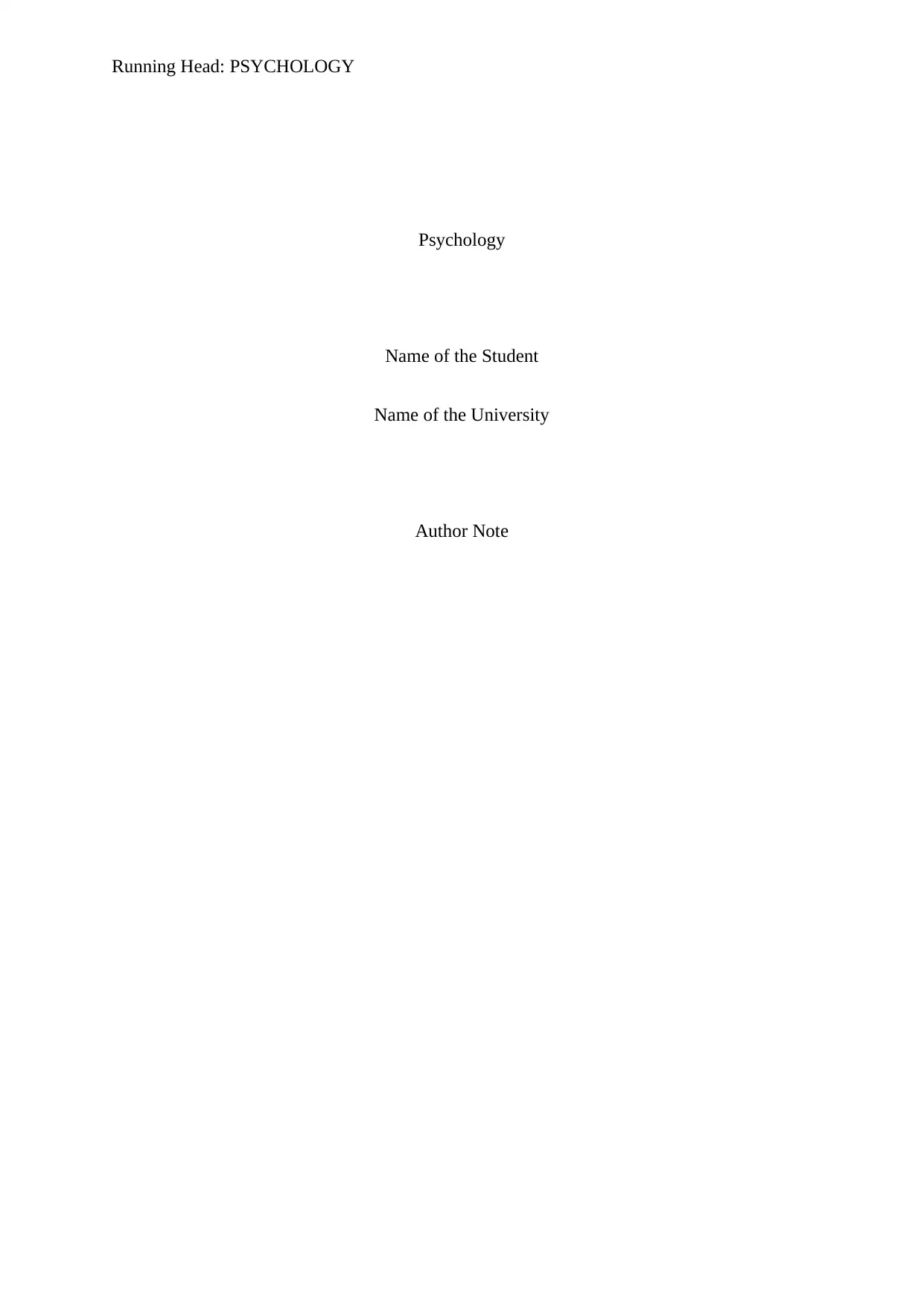
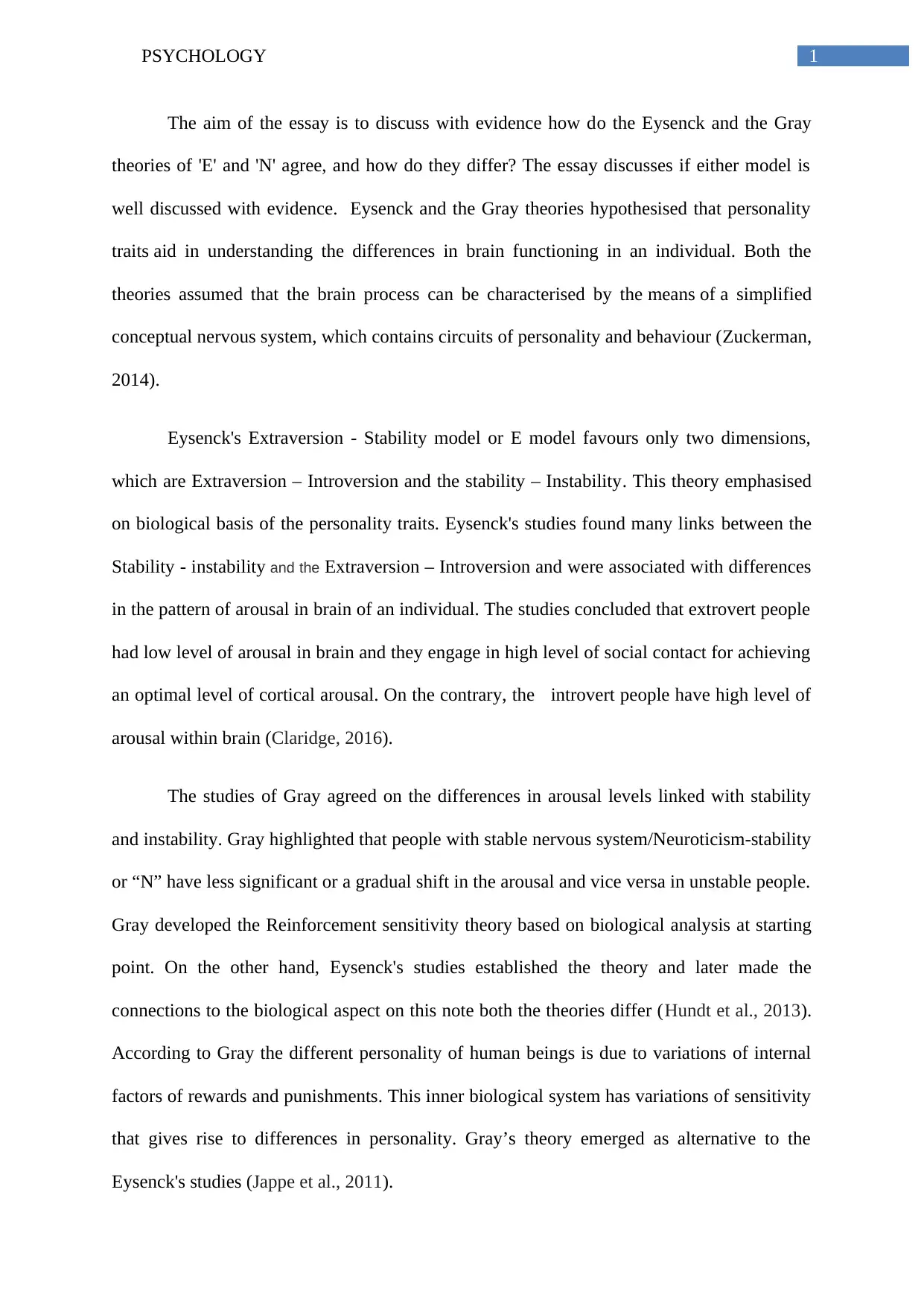
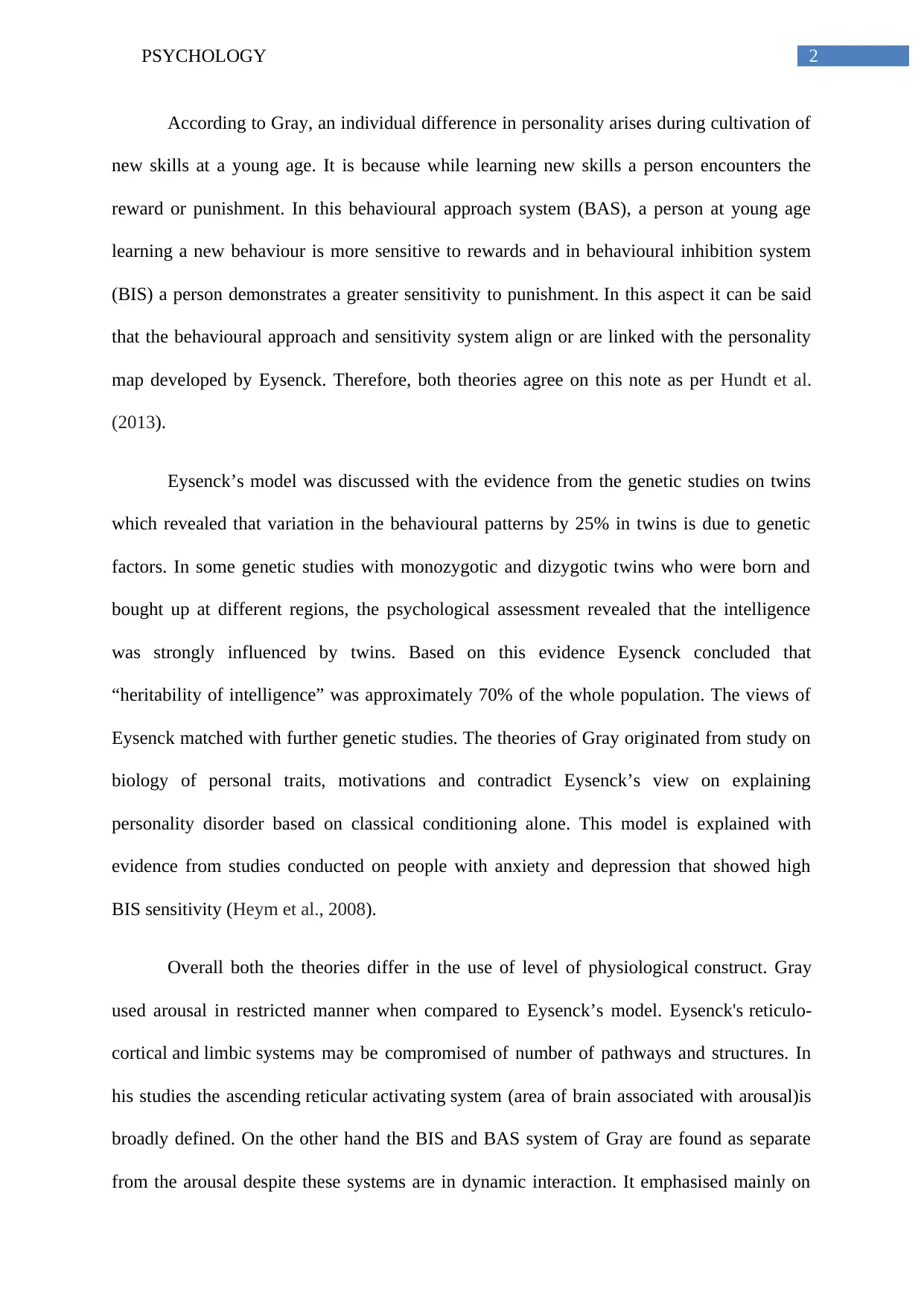

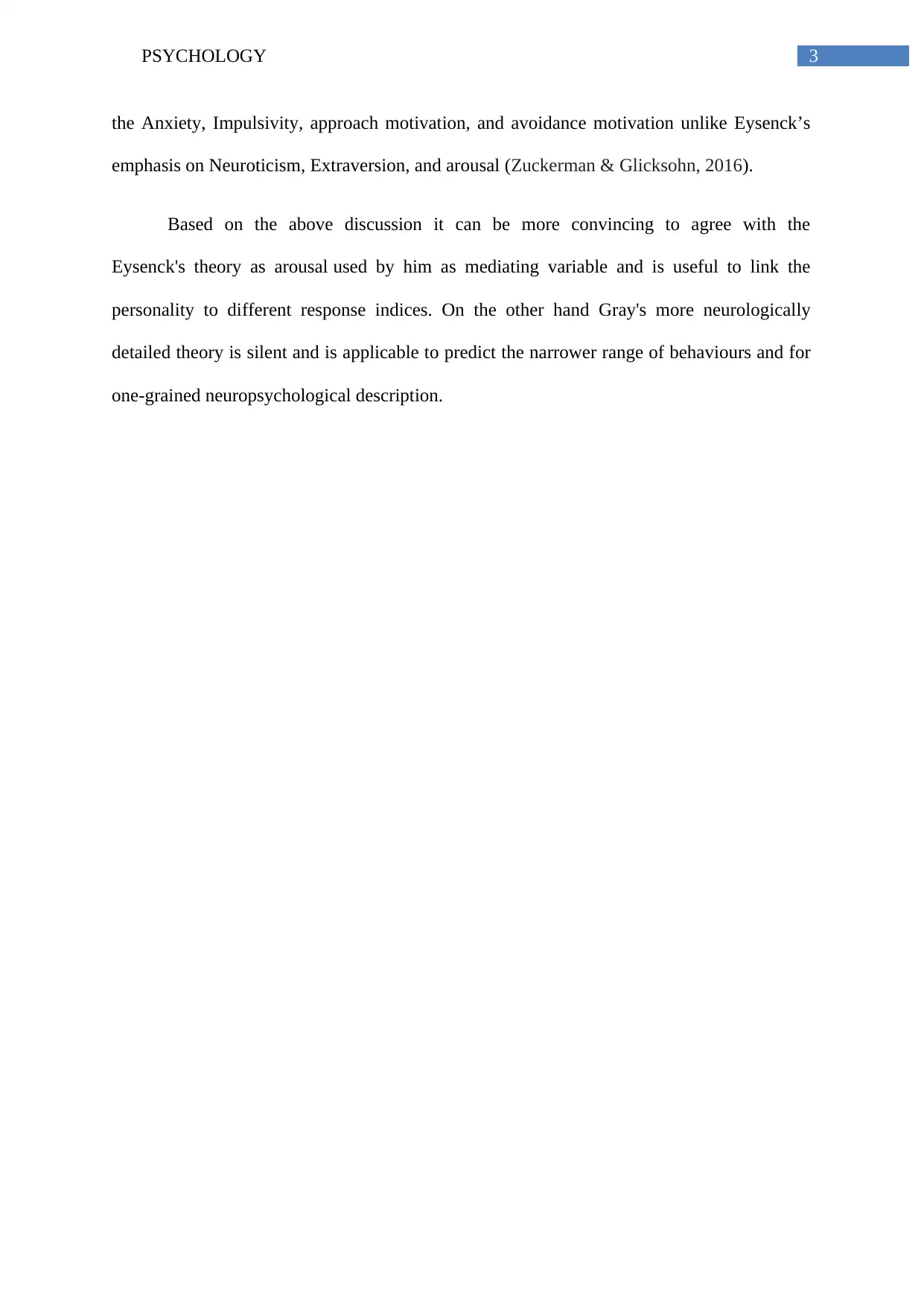
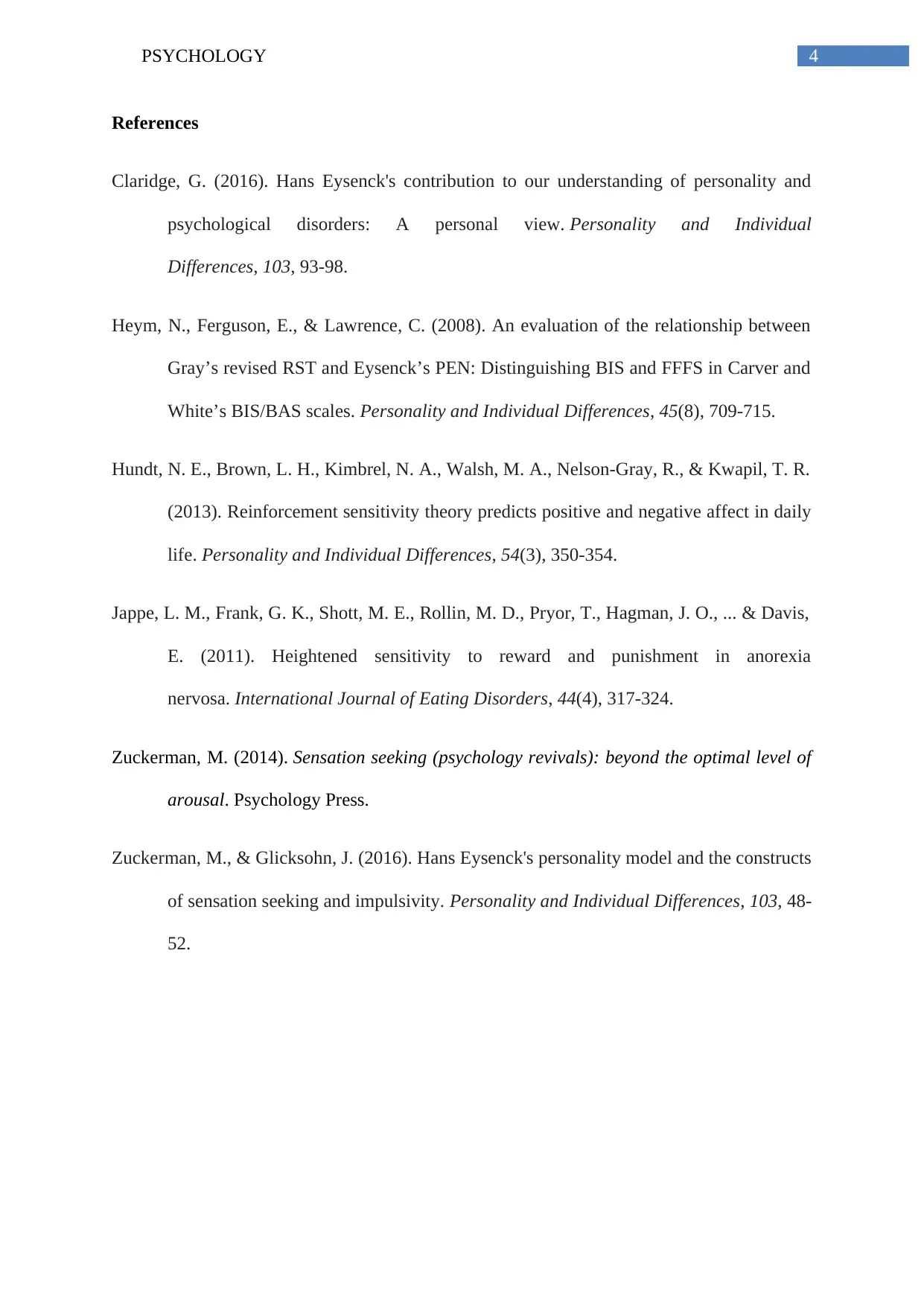



![[object Object]](/_next/static/media/star-bottom.7253800d.svg)